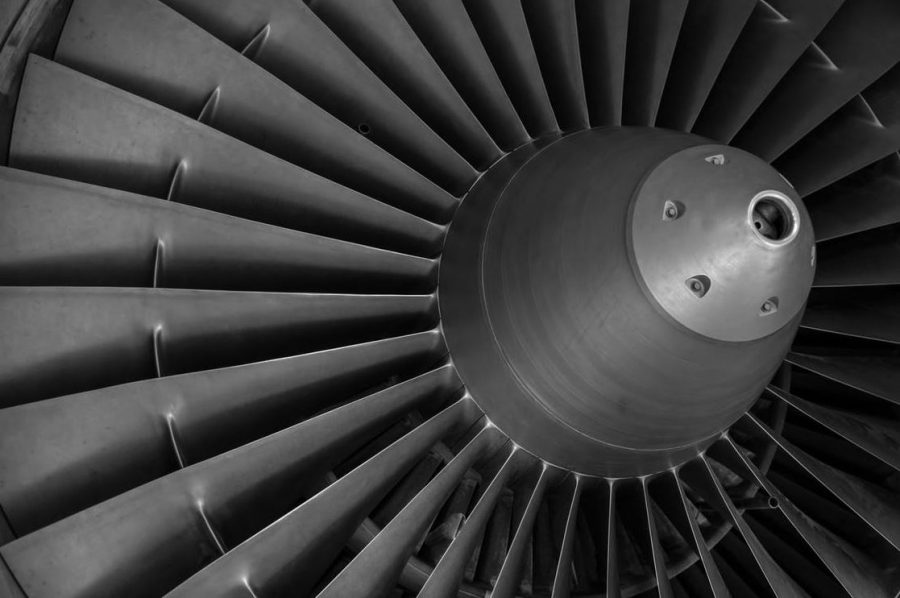The future of HVAC systems is an important aspect of the American economy. The cost of fossil fuels, and the negative impacts on environment will continue to rise in coming years. Regulations around the country are already mandating more efficient solution for heating and cooling new buildings, both commercial and residential. For both consumers and companies like A & E Heating and AC Inc, smarter HVAC systems will become a critical investment. Here are some of the changes that will soon take place.

Smart Technology
New “smart” systems are better at keeping temperature even in extreme weather and at the furthest points of the building. They incorporate computer chips and a number of sensors so that subtle adjustments can be made immediately and automatically for optimal comfort and economy of energy. Modern units are rated by the SEER (seasonal energy efficiency ratio) system. The EPA mandates a SEER 13 in new HVAC systems providing 30 percent more efficiency than old standards. The coming generation of high-tech HVAC will rate much higher.
Alternative Designs
Conventional systems put a strain on local power grids during the winter and hot, humid summers. New “green” designs include improved solar panels to use the sun to power HVAC units. Public electricity or natural gas will kick in only when there isn’t sufficient sunlight. Ice units can be more cost-efficient overall by freezing a large tank of water at night, and then using the ice to supplement AC during the day. Geothermal heat sources can warm houses in the winter, and wave-action generators or wind turbines create additional free power where climatic conditions make them practical.
Energy Analysis
The age of analytics software can be used to design the most efficient systems for your particular set of conditions, such as interior space, building materials, occupant needs, and geographical climate trends. It allows you to implement the “perfect” HVAC system customized to your environment. These systems are designed to save significant amounts of energy over time. This saves you money on utilities, increases the comfort of occupants, and in industrial design helps to preserve the environment from some of the biggest energy users.
3-D Printing
This is one technology that has transformed many processes and will make an impact on the HVAC industry. 3-D printers can create original objects to exact specifications from plastic or metal powders by applying them in layers and fusing the layers together. Everything from vents and enclosures to new fans or circuit boards can be created in a couple of hours. It’s a highly efficient alternative which can dramatically lower the cost of replacement parts. It can also be used to design custom components to meet new designs that will provide extra efficiency in operation.
The HVAC industry is coming up with a variety of solutions to modern demands. All of them will save you money and protect the environment while keeping your family even more comfortable.

